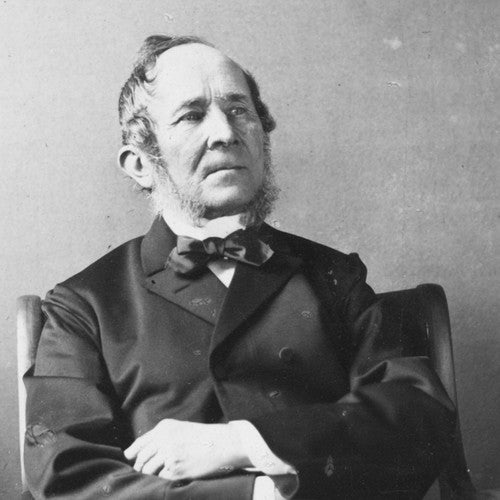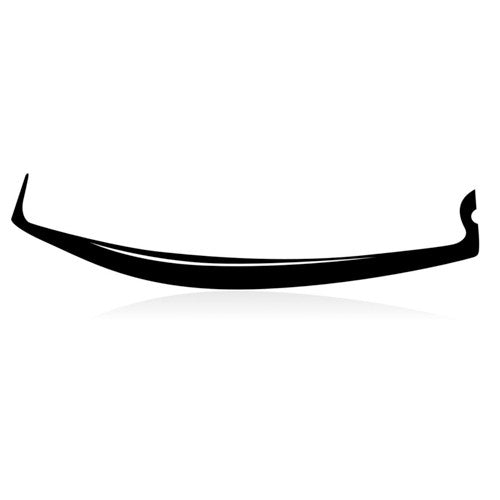(Agnolo from Murano). -
He was a great innovator of the fifteenth century glass art.
Son of Jacopo, born probably at the end of the 14th century, he is remembered with discrete frequency in documents starting from 1424, the year in which, probably still at the beginning of his career, he was dedicating himself to studies and research for the processing of colored glass for windows.
We know that he held positions in public life: he was chamberlain in the community of Murano (1434), perhaps also chancellor (1435), apostolic reader and papal secretary (1435-49), finally chancellor of the patriarch of Venice (1453). There are various reports of his travels, although not always confirmed. It seems that he was in Milan, with Francesco Sforza, it is not confirmed that he went to Florence, where he had been invited by the Medici; he was in Naples near Alfonso of Aragon and also in France, in Rome, at the papal court, probably between 1435 and 1443 or between 1445 and 1449 (years in which his name does not appear in the registers of the podestà of Murano ), finally in Byzantium, in 1453.
It is presumable, as Levi- (1895) proposed, that his contacts with papal Rome coincided with the pontificate of Eugene IV Condulmer, Venetian, and with that of Niccolò'V, both known for their patronage.
In his treatise on architecture, Filarete mentions Barovier himself, proposing him as a master for furnishing the ideal Renaissance building. The quote is all the more interesting in that it specifies the various skills of the Murano glassmaker in manufacturing not only mosaics and glass of various types (colored like a mosaic, or similar to jasper), but also "beautiful crystalline works".
An important event rich in new developments was in fact the invention of clear colorless glass or “cristallo” which can be attributed to him, towards the middle of the century. XV. For these works, Barovier is also praised in an epigram by the Ferrara-born poet Ludovico Carbone, who remembers him as "optimum artificem crystaWnorum vasorum", not failing to allude also to his fame in France and Byzantium (MoreW, 1802, p. 413) . Finally, around 1493, a Benedictine monk of the convent of S. Giorgio Maggiore, Father Giovanni Antonio, remembers (see Cicogna, VI, Pl? - 467 f.) that Barovier had to attend the lessons held in Venice, in the gymnasium Realtino, by Paolo Godi known as Pergolano, parish priest of the church of S. Giovanni Elemosinario.
Godi was not only theologian, but also a very skilled man and researcher of chemical techniques, he had certainly helped Angelo Barovier in his studies and research. In particular, it must have been the coloring of the glass, as suggested by the same quote from the Benedictine monk.
Regarding Paolo Godi, Angelo calls him "Primus et Autor et Inventor colorum tam insignium ac vari conunistorum, quibus hodie quoque vitrearii artifices Muriani utuntur". This description alludes to the mass-colored glasses and perhaps to the enamel paintings themselves, which, although not entirely new inventions (already on various occasions applied in the Roman world and in the Islamic East), were at that time enhanced in Murano. Barovier's attendance at Godi's lectures, contacts with humanistic centers such as Florence, Milan and Rome, friendship with men of high culture such as Filarete, had to benefit him and push him to also direct the art of glass in the sphere of great Renaissance current. Indeed, it can be said that Angelo himself was a man of the Renaissance, curious about every research and new discoveries that the science of that time was carrying out.
Angelo Barovier died in Murano in February 1461; he was buried in the church of S. Stefano di Murano, with a laudative epigraph (published by Cicogna, VI, p. 466) which also disappeared with the church demolished in the mid-nineteenth century.



コメントを書く
全てのコメントは、掲載前にモデレートされます
このサイトはhCaptchaによって保護されており、hCaptchaプライバシーポリシーおよび利用規約が適用されます。